The Only Balsamic Vinegar Italians Buy at the Grocery Store (and You Should Too)
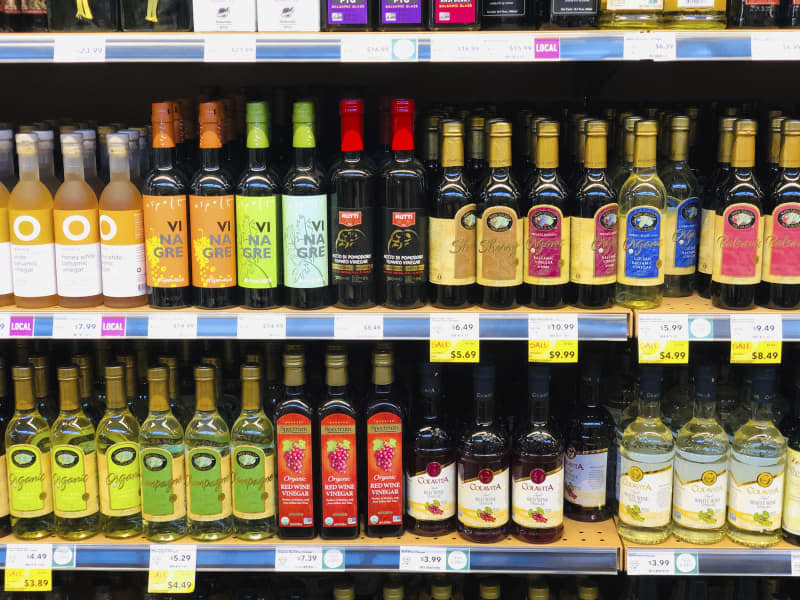
Some people come back from a trip to Italy and speak only of the classic trinity: The wine! The pasta! The history! I came back from my most recent trip regaling everyone in earshot about one thing: balsamic vinegar.
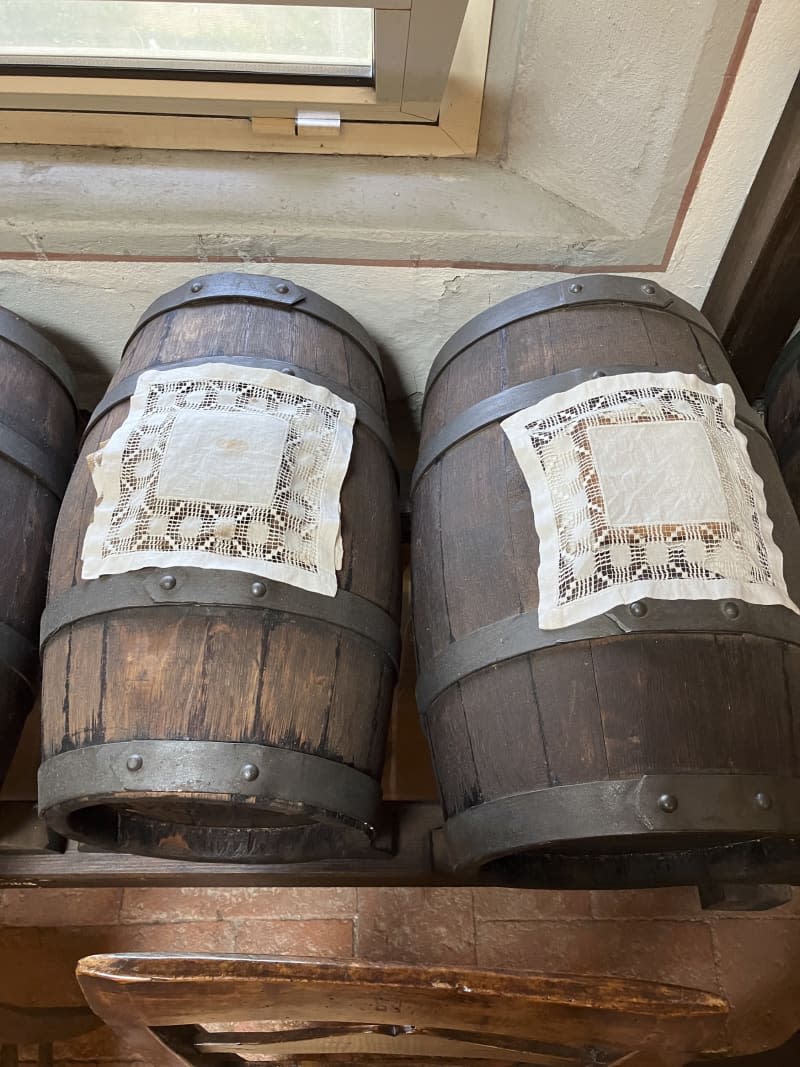
It’s the only path forward in life for me after visiting Modena, where I sipped on tiny shot glasses of aged balsamic vinegar amongst wooden barrels topped with their own lace doilies, like it was an Alice in Wonderland-esque tea party. It might as well have been! The vinegar was not at all one-note like the bottles I’m used to back home, but silky and fruity, with a subtly bracing pucker that coats your tongue like syrup. Endlessly drinkable, each droplet tasted like a full meal.
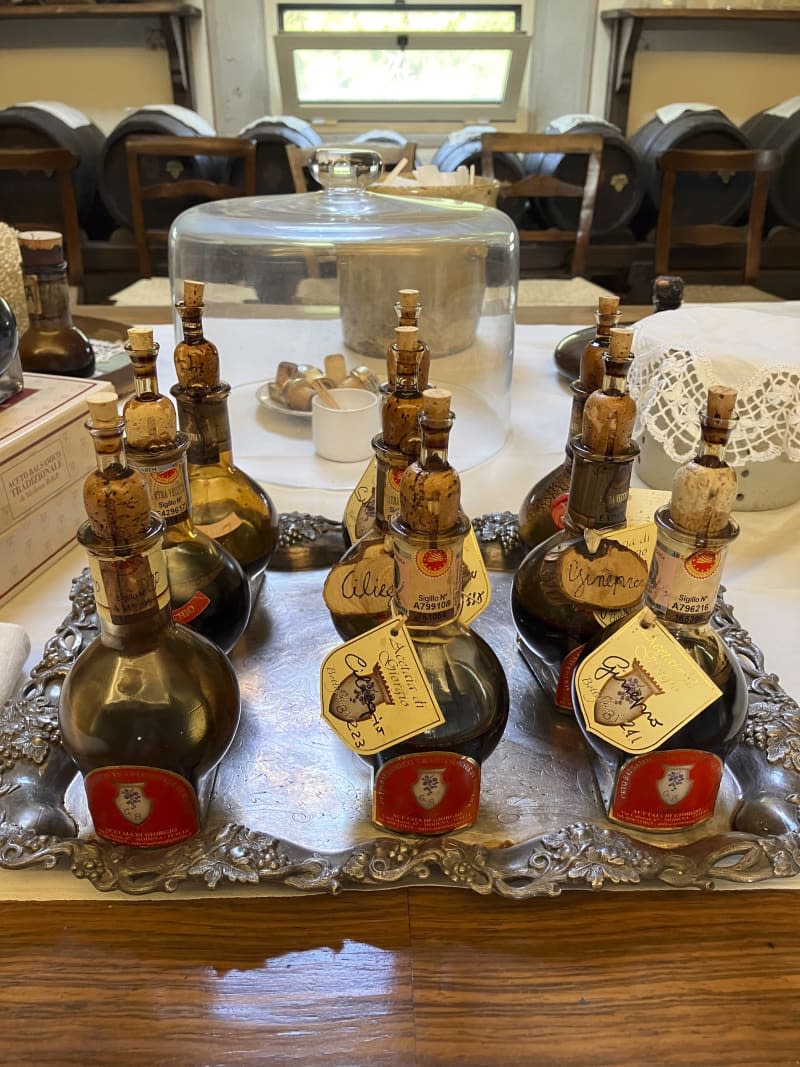
The experience is something I could never untaste. I’m not alone, either. To many Italians, the distinction between DOP- and IGP-certified balsamic vinegars at their homes and what Americans might have in their pantries (or are served at a chain Italian restaurant) is pretty stark in contrast. You see, much like how sparkling wine is Champagne if — and only if — its grapes are grown and processed in the Champagne region of France, there’s a similar specificity when it comes to certified balsamic vinegars and how they are made.
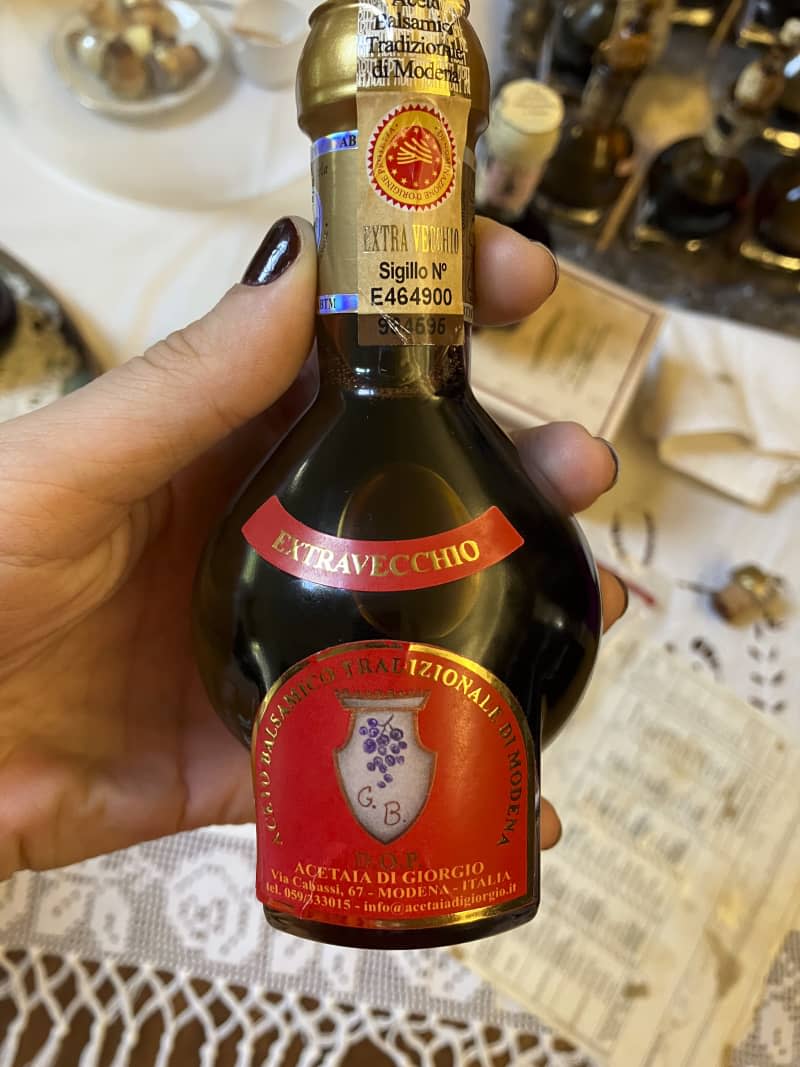
Why You Should Always Have DOP or IGP Vinegar in Your Pantry
To many Italians, the distinction between balsamic vinegars with Denominazione d’Origine Protetta (DOP) or Indicazione Geografica Protetta (IGP) certifications and ones without is clear.
DOP (aka the protected designation of origin, in this case Modena and Reggia Emilia) signifies a bottle of balsamic vinegar is aged at least 12 years in barrels made of wood from the region, and without any additives — only 100% grape must from local grapes (most other balsamics are made with 20% grape must). On the tongue it’s viscous, rich, and sweet. A drop’ll do ya, which is good because you’ll often see bottles start at 50 euros and upwards (usually in the hundreds of dollars range). Plus, only DOP balsamic vinegar is put into these 100-milliliter bottles, so if it’s not DOP you’ll know it before you crack one open.
On the other hand, IGP (which stands for indication of geographic protection) is a less stringent, but still pretty strict standard. Each bottle contains grape must and wine vinegar (both of which can come from all over the world, but must be processed in Modena). IGP balsamic vinegar will taste similar to other wine vinegars (like red or white), albeit with a more complex sweetness along with the sour tang. A IGP bottle can often set you back anywhere between $8 and $20.
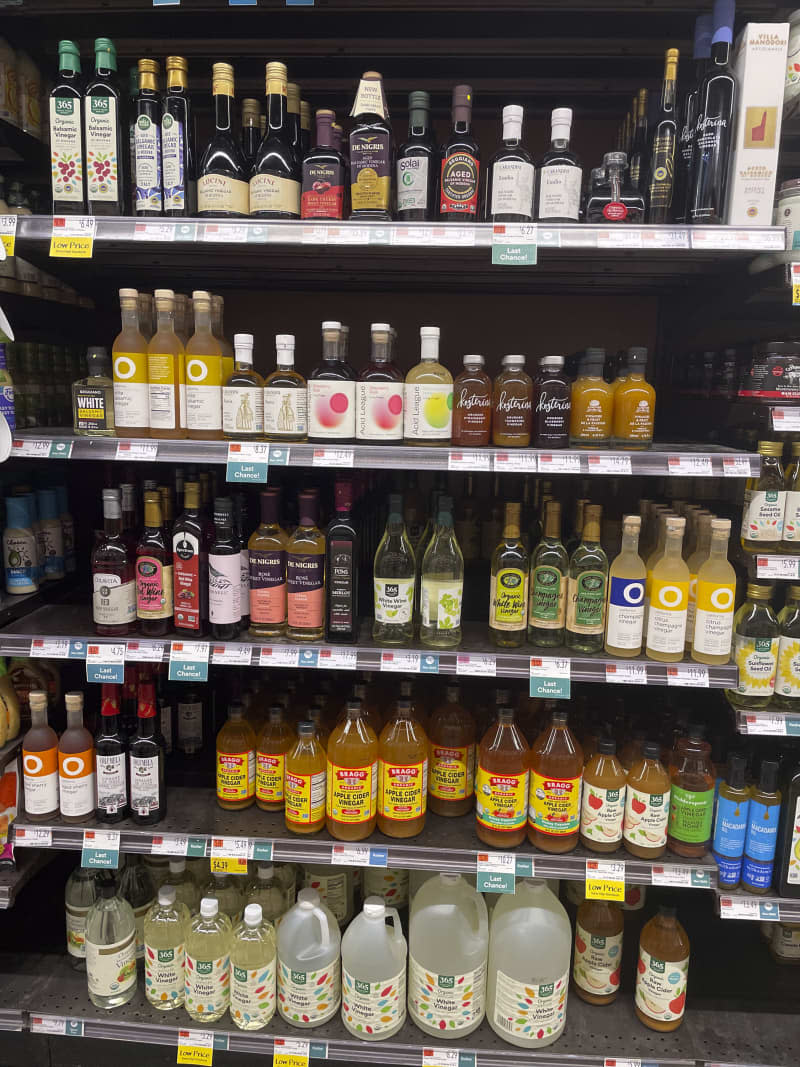
The Best Bottles of Balsamic Vinegar, According to Italians
The Italian home cooks I interviewed have strong opinions about the bottles taking up residency in their cupboards. For Giovanni Puglisi, the co-founder of Conza Food Lab who is based in Rome, nothing comes close to his DOP vinegar maker of choice: Acetaia San Giacomo. “It is special because the guys at Acetaia San Giacomo are really serious about making their products,” says Puglisi, which goes for both the wide range of IGP vinegars and top-tier DOP balsamic vinegar (aged a minimum of 12 years).
He’s not alone, either. Luciana Squadrilli, an Italian food-and-wine writer based in Rome, is also a fan of the vinegars made at Acetaia San Giacomo. Andrea Bezzecchi, the owner of the acetaia, taught Squadrilli all she knows about vinegar, namely how you can truly taste the difference between the certified product that’s slowly aged in barrels and other versions that often have added caramels and sugars to mimic this aging process.
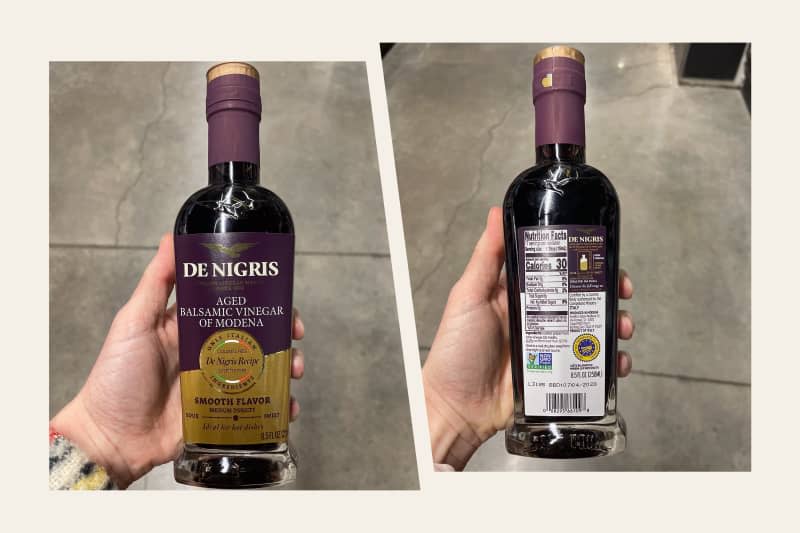
Some others like Nino Asaro, a fifth-generation producer at the Asaro Family Farm (which makes extra-virgin olive oil for brands including Partanna, Frankies 457, and recent taste-test winner Paesanol), keep a few different bottles on hand to use throughout the meal. “There are three brands [of balsamic] vinegar that are always in my pantry”: De Nigris Fresh & Zesty (a IGP-certified bottle) for any type of vinaigrette, Fondo Montebello Gold Line Selection (a thick and fruit-forward vinegar) to finish off a rich, medium-rare Fiorentina steak, and a tiny bottle of Aceto Giusti, aged a whopping 100 years. “I only use it as a purist,” says Asaro, who pairs it with an equally well-aged 34-month Parmigiano Reggiano.
Buy: De Nigris Balsamic Vinegar of Modena, $13.59 for 16.9 ounces at Amazon
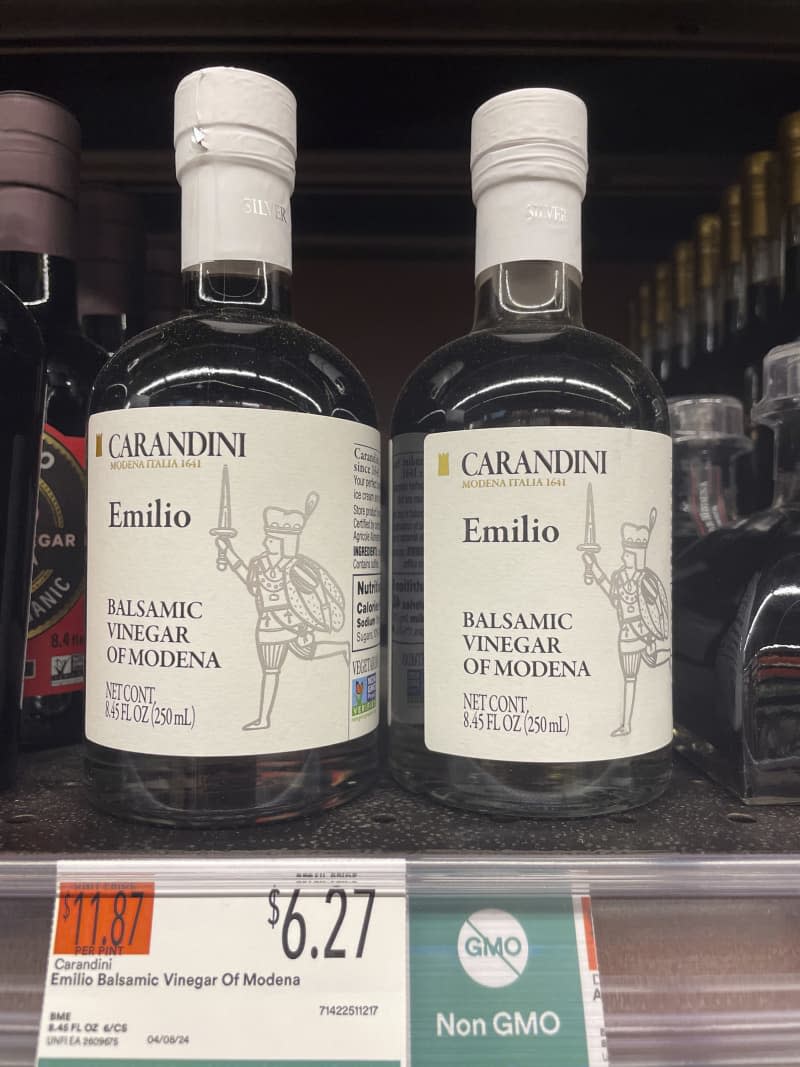
Yes, the price tag of DOP vinegar may cause you to clutch your pearls, but the more budget-friendly priced IGP vinegars are a worthy substitute to the vinegar that’s been hanging out in the back of your cupboard, and are especially good in marinades or reducing to a glaze. I’ve spotted Carandini Emilio Balsamic Vinegar of Modena at Whole Foods Market for under $7 (although it’s more expensive online) and Giuseppe Giusti Premio Balsamic Vinegar of Modena for roughly the same.
Buy: Carandini Emilio Balsamic Vinegar of Modena, $13.99 for 8.45 ounces at Amazon
I promise you’ll immediately taste the difference with an IGP bottle of balsamic vinegar — or I owe you a DOP bottle.
Before You Use DOP or IGP Balsamic Vinegar, a Few Tips
Remember that DOP is for drizzling; IGP is for sizzling. The heat will change the flavor and composition of the vinegar, which will lead to a loss of the unique bouquet of woodsy, floral, fruity notes contained in each bottle.
Use DOP vinegar sparingly. “You really only need a drop of it to change a recipe,” says Squadrilli, who likes to add it to rich, creamy dishes with a bit of earthy sweetness — like a risotto with Parmigiano Reggiano or pumpkin — once it’s done cooking. IGP vinegar, which is often more affordable, can be used a bit more loosely.
Get creative with it. Don’t underestimate all the ways you can use balsamic vinegar. It’s dense, indelibly sweet-sour, and adds complexity to myriad dishes. “In general I use it as an accent to add layers, [like] umami, licorice-ish nuances, and richness to simple but powerful ingredients,” says Puglisi, who adds quality balsamic vinegar to an entire kitchen’s worth of ingredients, like raw beef, tropical fruit, mature cheeses, and creamy custard-based desserts.
Buy: Giuseppe Giusti Premio Balsamic Vinegar of Modena, $7.99 at World Market
What balsamic vinegar do you stock in your pantry? Tell us about it in the comments below.

